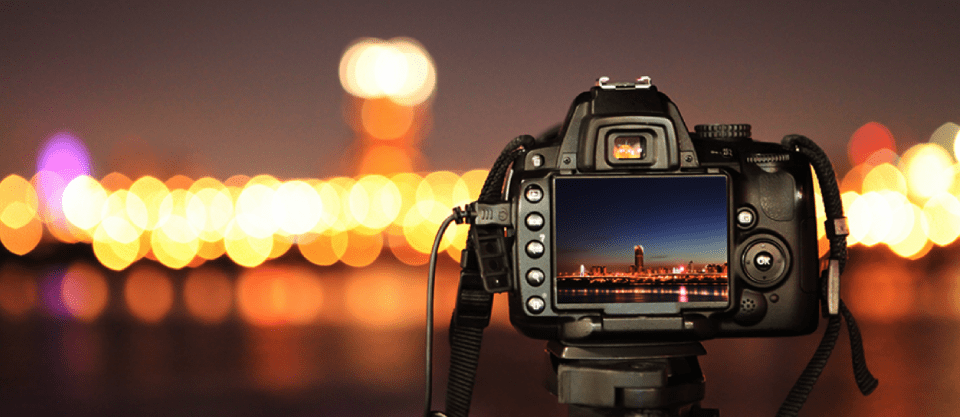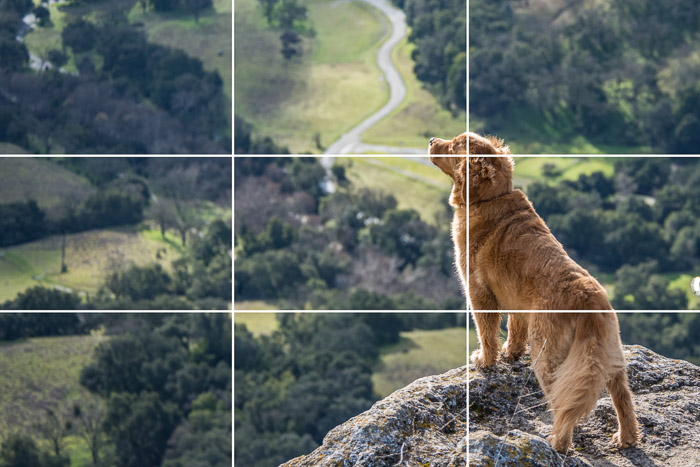
10 Photography Composition Techniques and Tips for Taking Stunning Photos
The most stunning subjects, perfect lighting in photos and the best of equipment don’t necessarily add up to stellar photographs. You can have all of this and still produce a dud if your photo composition skills are not on point. While many accomplished photographers maintain that good photography is about instinct and experience, there are certain guidelines that can help you get started. We bring you a rundown on ten such photography composition techniques that will set you on the path to clicking breathtaking pictures:
Rule 1: Bend the Rules of How to Frame a Shot
As a general composition photography rule, landscape photos are clicked horizontally and portraits vertically. A lot of newbies tend to stick to this pattern in their initial days. While there is nothing wrong with this approach, it is awfully predictable. And the very core of good photography composition is to stimulate the viewers with something unexpected.
So, try to break free from this pattern by clicking landscapes vertically or shooting subjects horizontally. If you are a little unsure about the results, click your pictures in both horizontal and vertical formats and see which ones work better in which scenario. To add a little drama to your photo composition, try experimenting with diagonal lines rather than straight horizontal or vertical frames.

Rule 2: The Rule of Thirds
This is quite literally the holy grail of photography composition techniques. The Rule of Thirds recommends that you avoid putting a subject in the centre of the frame. The logic behind this is that placing the subject in the middle as a static feel to the photograph, thus making it less interesting.
This rule advocates dividing any frame into nine equal quadrants, and then placing the subject slightly off centre, either to the left or right. This is one of those photography composition tips that can instantly make your picture more impactful.
Rule 3: Illusion of Motion
Despite the fact that photographs are two-dimensional and static in nature, a good photographer can create an illusion of motion in their compositions through their photography composition. To achieve this, you must always be mindful of one of the simplest rules of compositions in photography – giving your subject room to move.
Even though your subject may not be moving in that moment, the extra room in the photograph conveys a sense of motion. This picture composition trick is most effective when clicking moving objects such as cars, animals or even humans.
Rule 4: Keep It Simple
‘More is Better’ is hardly ever a good idea, in both life and when it comes to photography composition. If you want your viewers to engage with your shots, one of the photography composition techniques to swear by is to keep the frame simple. This prevents the viewer from being distracted by an assortment of different elements.
To achieve this kind of photo composition, zero in on a subject that stands out in a given scene because its colour, shape, size or texture and then construct the frame in such a way that the eye goes straight to that subject. This approach can also be refined by cropping the image afterward.
Rule 5: Keep the Camera Stable
This may seem too obvious to be mentioned as one of the rules of composition, but a lot of good photos are often ruined by a blur brought on by the slightest shake of the camera. To avoid this, first learn how to hold the camera correctly – one hand around the body, the other around the lens.
One of the basic rules of composition is to hold the camera close to your body for support and adjust the shutter speed according to the focal length of the camera lens to avoid any minor shakes causing unintentional blurs. For long shoots in outdoor, uneven terrain, use a tripod for stability.
Rule 6: Get the Exposure Triangle Right
The one golden rule of photo composition is to master the balance of the three basics of photography – Aperture, Shutter Speed and ISO – and the relationship between these key controls. When you tweak any one of these, you have to think about how it would impact the other two and adjust these accordingly too.
Of course, most cameras today come with an auto mode that adjusts these controls for you, but that definitely reflects in the quality of your photo composition. It’s always advisable to master the working of the Exposure Triangle to be able to shoot in manual mode.

Rule 7: Create an Element of Depth
Creating a sense of depth is a smart picture composition technique that can make landscape photos come alive and give viewers a sense of being part of the scene.
To do this, use a wide-angle lens to capture a panoramic view along with a small aperture in the range of f/16 or less to keep the foreground as well as the background sharp. Compose your shot by placing a person or an object in the foreground to truly bring out the sense of scale.
Rule 8: Use Clean Backgrounds
This is one of the most valuable photography composition tips when shooting objects or portraits. In order to bring out the subject of your composition in the frame, it is best to do away with any other distracting elements. This can be best achieved by keeping the background simple. Clean patterns and neutral colours work best.
Rule 9: No Flash Indoors
The flash is a bit of a double-edged sword in the world of photography. In some instances, you absolutely need it for photo composition, and in others, it can make your shots look unnatural and harsh. This is especially true in the case of indoor portraits.
As a basic photo composition guideline, you must avoid using flash in indoor settings and instead make up for the lack of light by either pushing up the ISO or using the widest aperture possible. If you absolutely need to use flash, then use one with a rotating head and point it at an angle toward the ceiling and not directly at your subject.
Rule 10: Watch That Pop of Colour
Over-saturating shots with colours is often a tendency that beginners struggle with. Whenever you have the urge to get all the colours in one frame and then enhance them even more in post-processing, remember that colours are intended to draw the viewers’ attention.
If there is just too much colour in a picture, the viewer’s eye will go everywhere without fully taking in the photo composition. So, good composition photography requires you to keep the selection of colours minimalistic and in a range that complements and not contradicts.
Shoot Like a Pro
Photography composition is a beautiful way to tell your story without puncturing the silence. It can be both an enriching hobby and a rewarding career. All you need to get started is a little photography training online to fine-tune your skills.
Looking to sharpen your photography skills? Join our top-rated professional diploma in photography today!



